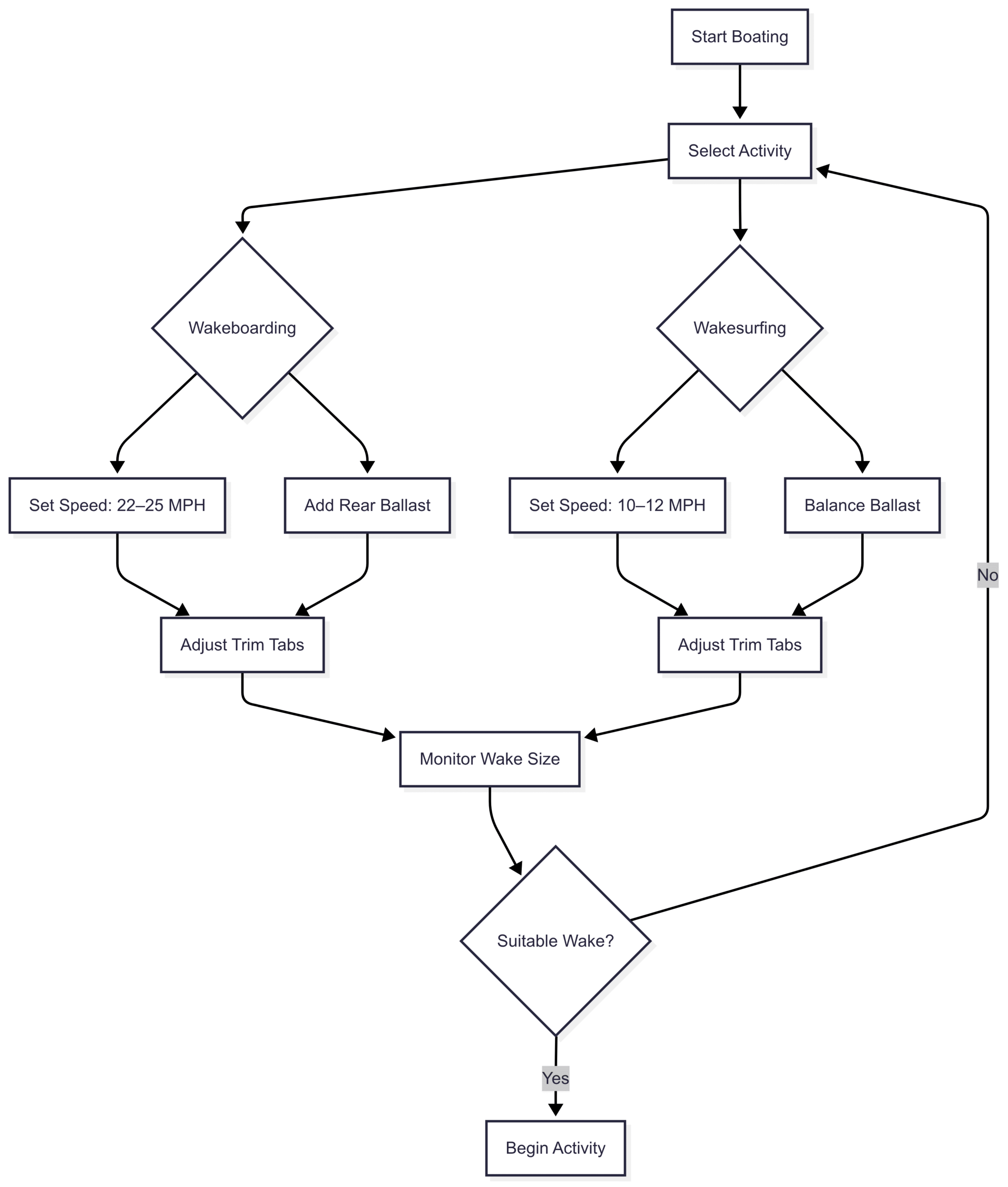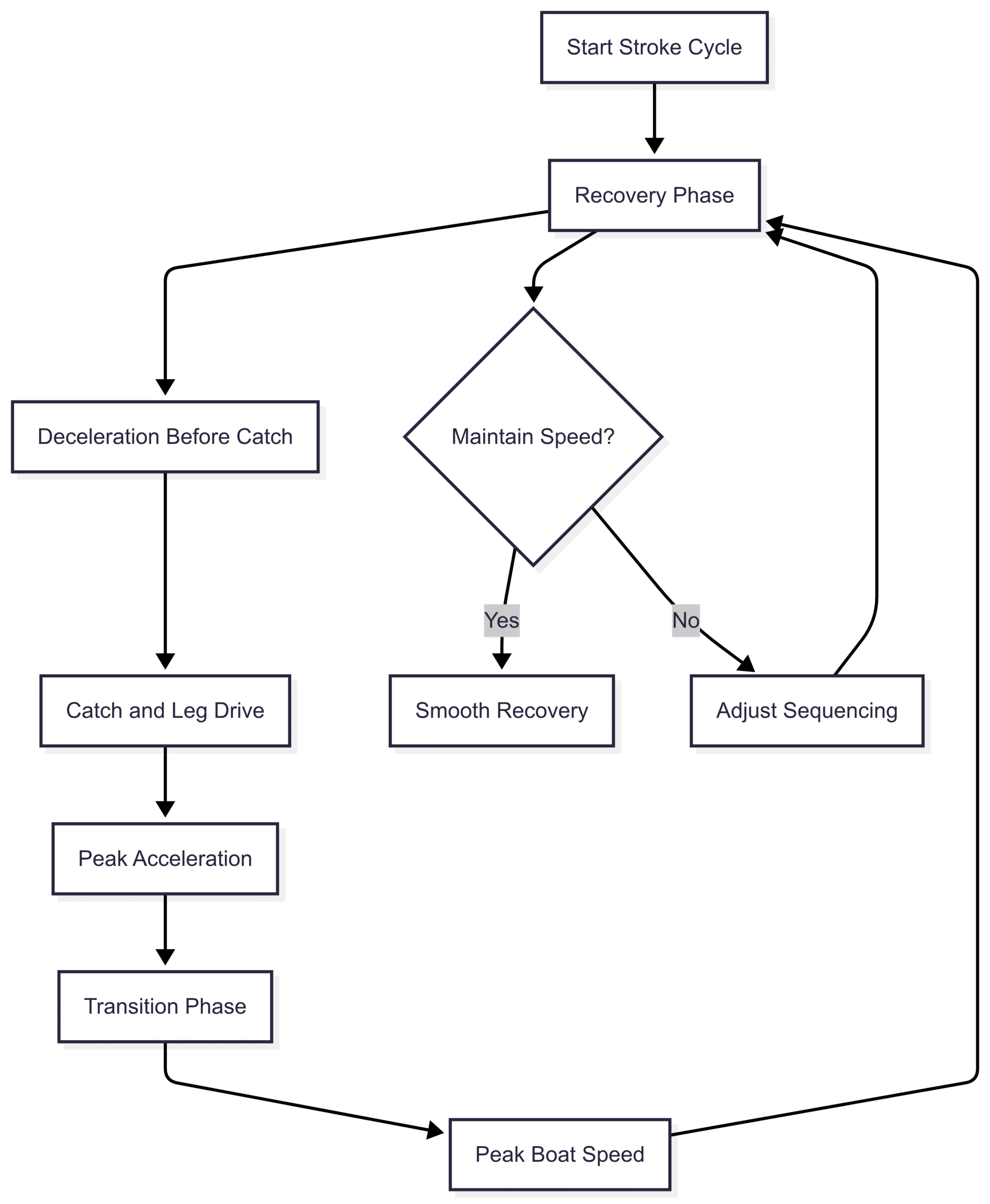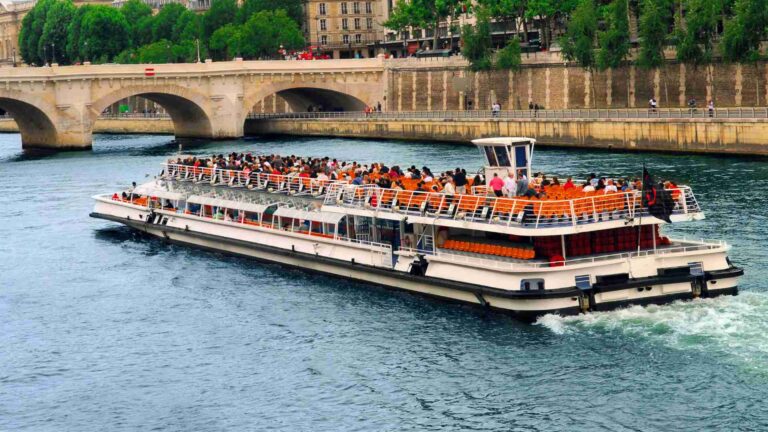Boats Speed: A Guide to MPH
Master boat speed in MPH with our guide. Learn factors, measurement, and tips to boost performance safely. Optimize your boating experience!
Boating is an exhilarating way to explore the open water, whether you’re cruising leisurely along a serene lake or racing across the waves in a high-performance vessel. The speed of a boat, measured in miles per hour (MPH), is a critical factor that influences not only the thrill of the journey but also the safety and efficiency of the experience. Understanding how to measure, optimize, and manage boat speed is essential for both novice and experienced boaters. This comprehensive guide delves into the intricacies of boat speed, exploring the factors that affect it, techniques to enhance performance, and crucial safety considerations. Additionally, we’ll examine wake size, its impact on water sports, and how to control it for an optimal boating experience.
Understanding Boat Speed
Boat speed is the rate at which a vessel moves through the water, typically measured in MPH for recreational and performance boating in the United States. Speed influences fuel efficiency, handling, and the overall enjoyment of the boating experience. Whether you’re operating a pontoon boat for a family outing or a high-performance go-fast boat for racing, knowing your vessel’s speed capabilities is key to unlocking its full potential.
Boat speed is determined by a combination of factors, including engine power, hull design, weight distribution, and environmental conditions. Manufacturers provide speed ratings, which indicate the maximum speed a boat can achieve under ideal conditions. However, real-world performance often varies due to external variables like water currents, wind, and load. By understanding these dynamics, boaters can make informed decisions to optimize their vessel’s performance while ensuring safety.
Why Boat Speed Matters
Boat speed is more than just a number—it directly impacts the functionality and enjoyment of your time on the water. For recreational boaters, a well-calibrated speed ensures a smooth and efficient ride, reducing fuel consumption and wear on the vessel. For water sports enthusiasts, such as those engaged in wakeboarding or wakesurfing, speed is critical to creating the ideal wake for performing tricks and maneuvers. Additionally, understanding speed helps boaters adhere to local regulations, avoid hazards, and maintain control in varying conditions.
Factors Affecting Boat Speed
Several key factors influence a boat’s speed, each playing a critical role in how efficiently a vessel moves through the water. By addressing these factors, boaters can optimize performance and achieve their desired speed.
1. Hull Design
The hull is the foundation of a boat’s performance. A well-designed hull minimizes drag and maximizes speed. Common hull types include:
- V-Bottom Hulls: Found in high-performance boats, these hulls cut through waves efficiently, reducing drag and allowing for higher speeds. They’re ideal for offshore powerboats and go-fast boats.
- Catamaran Hulls: Known for stability and speed, catamarans use twin hulls to reduce water resistance, making them popular for racing and luxury vessels.
- Flat-Bottom Hulls: Common in pontoon boats, these hulls prioritize stability over speed, making them better suited for leisurely cruising.
A clean, well-maintained hull free of barnacles, algae, or damage is essential for reducing drag and maintaining optimal speed.
2. Engine Power
The engine is the heart of a boat’s speed. Horsepower (HP) ratings indicate the engine’s capacity to propel the vessel. Higher horsepower typically translates to greater speed, but it must be matched to the boat’s design and weight. For example:
- Entry-Level Boats (e.g., small pontoon boats): 50–150 HP, with speeds of 15–25 MPH.
- Mid-Range Boats (e.g., bowriders): 150–300 HP, with speeds of 30–50 MPH.
- High-Performance Boats (e.g., cigarette boats): 500+ HP, with speeds exceeding 70 MPH.
Modern engine technologies, such as fuel injection systems (e.g., Indmar engines) and lightweight materials, enhance propulsion and fuel efficiency, allowing boats to achieve higher speeds with less effort.
3. Weight and Load
The weight on board directly affects a boat’s speed. Excess weight from passengers, gear, or ballast increases drag and reduces performance. To maximize speed:
- Remove unnecessary equipment or personal items.
- Distribute weight evenly to maintain balance and stability.
- Use ballast systems strategically for water sports to adjust wake size without compromising speed unnecessarily.
4. Propeller Condition
The propeller is a critical component that translates engine power into forward motion. A damaged, poorly designed, or mismatched propeller can significantly reduce speed. Key considerations include:
- Propeller Size and Pitch: A higher pitch propeller increases speed but requires more engine power, while a lower pitch is better for acceleration.
- Material: Stainless steel propellers are durable and efficient, while aluminum propellers are more affordable but less robust.
- Condition: Regularly inspect for dents, bends, or corrosion, as these can reduce efficiency by up to 20%.
5. Environmental Conditions
External factors such as water currents, wind, and wave conditions can either aid or hinder boat speed. For instance:
- Tailwinds can boost speed, while headwinds increase resistance.
- Rough waters increase drag, slowing the boat.
- Strong currents can affect speed relative to the ground, even if engine output remains constant.
By understanding these factors, boaters can make adjustments to optimize performance under varying conditions.
Measuring Boat Speed in MPH
Accurately measuring boat speed is essential for monitoring performance and ensuring safe operation. The most reliable tools for this purpose are GPS devices and marine speedometers.
Using GPS for Speed Measurement
Marine-grade GPS devices provide precise speed readings by tracking the boat’s movement over the ground using satellite signals. To measure speed accurately:
- Position the GPS: Ensure the device has a clear view of the sky to avoid signal interference.
- Access Speed Data: Navigate to the speed display on the GPS interface, which will show real-time MPH readings.
- Take Multiple Readings: Record speeds under different conditions (e.g., calm vs. rough waters) to calculate an average for a comprehensive understanding of performance.
GPS devices are highly accurate, often within 0.1 MPH, and are unaffected by water currents, making them ideal for consistent measurements.
Using Speedometers
Marine speedometers measure speed through the water by detecting water flow past the hull. These are often integrated into the boat’s instrumentation. However, speedometers may be less accurate than GPS due to factors like hull placement and water turbulence. Regular calibration is necessary to ensure reliable readings.
Best Practices for Speed Measurement
- Cross-Check Readings: Use both GPS and speedometer data to verify accuracy.
- Account for Conditions: Note environmental factors like wind and currents when interpreting speed data.
- Monitor Regularly: Track speed over time to identify performance trends and potential maintenance issues.
By consistently measuring speed, boaters can assess their vessel’s performance, make necessary adjustments, and ensure compliance with local speed regulations.
How to Increase Boat Speed
Boosting a boat’s speed requires a combination of maintenance, upgrades, and operational techniques. Here are actionable strategies to enhance performance:
1. Reduce Weight
Minimize onboard weight by removing non-essential items. For example, emptying unnecessary ballast tanks or storing heavy gear on shore can reduce drag and increase speed by 5–10%.
2. Upgrade the Engine
Consider upgrading to a higher-horsepower engine if your boat’s design supports it. For instance, replacing a 150 HP engine with a 250 HP engine can increase speed by 10–20 MPH, depending on the vessel. Always consult the manufacturer’s specifications to ensure compatibility.
3. Optimize the Propeller
Select a propeller with the appropriate size and pitch for your boat and intended use. For high-speed applications, a stainless steel propeller with a higher pitch may improve performance. Regular maintenance, such as polishing and repairing dings, can further enhance efficiency.
4. Improve Hydrodynamics
- Clean the Hull: Remove algae, barnacles, and debris to reduce drag. A clean hull can improve speed by up to 15%.
- Trim the Boat: Adjust the trim to lift the bow slightly, reducing water resistance. Experiment with trim settings to find the optimal position for your vessel.
- Streamline Accessories: Remove or secure items like fishing rods or antennas that create wind resistance.
5. Use High-Quality Fuel
Premium fuel with higher octane ratings can improve engine performance and prevent knocking, which reduces power output. For high-performance boats, using fuel recommended by the manufacturer can boost speed and efficiency.
Sample Boat Speed Specifications and Prices
| Boat Type | Engine Power (HP) | Max Speed (MPH) | Approx. Price (USD) |
|---|---|---|---|
| Pontoon Boat | 50–150 | 15–25 | $20,000–$50,000 |
| Bowrider | 150–300 | 30–50 | $30,000–$100,000 |
| High-Performance Boat | 500+ | 70–100+ | $100,000–$500,000+ |
| Catamaran | 200–600 | 40–80 | $80,000–$300,000 |
Note: Prices vary based on brand, features, and customization. Check with manufacturers like Supra Boats or Mercury Marine for exact specifications.
The Importance of Wake Size
Wake size is a critical factor in water sports such as wakeboarding, wakesurfing, and tubing. The wake, or the wave created behind a moving boat, serves as a ramp for performing tricks and maneuvers. Larger, well-formed wakes enhance the experience by providing more airtime and stability for riders.
How Wake Size Affects Performance
- Wakeboarding: A larger wake allows riders to launch higher into the air, facilitating flips, spins, and grabs. Boats with optimized ballast systems, like Supra Boats, can create steep, clean wakes ideal for advanced tricks.
- Wakesurfing: A deeper wake provides a wider surfing area, enabling riders to perform carving and aerial maneuvers. Adjusting ballast and speed (typically 10–12 MPH for wakesurfing) is key to shaping the wake.
- Tubing: A moderate wake ensures a fun but safe ride for tubers, avoiding excessive turbulence.
Measuring Wake Size
To measure wake size, boaters can use:
- Wave Sensors: These devices provide real-time data on wake height and shape, allowing for immediate adjustments.
- Visual Assessments: Experienced boaters can gauge wake size by observing its height and consistency behind the boat.
- GPS and Speed Data: Maintaining a consistent speed (e.g., 22–25 MPH for wakeboarding) ensures predictable wake characteristics.
Accurate wake measurement is crucial for optimizing performance and ensuring safety in water sports.
Managing Boat Speed and Wake Size
Controlling boat speed and wake size is essential for balancing performance and safety. Proper management enhances the experience for water sports participants while minimizing risks to other water users.
Tips for Adjusting Speed and Wake
- Optimize the Ballast System: Add weight to the rear or bow to deepen or flatten the wake, depending on the activity. For example, filling rear ballast tanks creates a steeper wake for wakeboarding.
- Adjust Throttle: Maintain speeds of 22–25 MPH for wakeboarding and 10–12 MPH for wakesurfing to achieve ideal wake shapes.
- Use Trim Tabs: Adjust trim tabs to fine-tune the boat’s angle, reducing drag and shaping the wake.
- Monitor Conditions: Adapt speed and ballast settings based on water conditions, such as choppy waves or crowded areas.
Chart: Wake Size Adjustment Workflow

This chart illustrates the process of adjusting speed and ballast to achieve the desired wake size for water sports.
Safety Considerations for High-Speed Boating
High-speed boating and wake sports require strict adherence to safety protocols to prevent accidents and ensure a secure experience.
Key Safety Precautions
- Wear Life Jackets: All passengers must wear properly fitted life jackets. Statistics show that life jackets increase survival rates by 80% in drowning incidents.
- Secure Passengers: Ensure everyone is seated and holding onto handrails during high-speed operation to prevent falls.
- Check Weather Conditions: Avoid boating in high winds or rough waters, which can make control difficult and increase accident risks.
- Maintain the Boat: Regularly inspect the engine, propeller, and hull for wear or damage to ensure reliable performance.
- Avoid Distractions: Keep your focus on the water, monitoring for other boats, swimmers, or obstacles.
- Follow Regulations: Adhere to local speed limits and boating rules to protect yourself and others.
Safety Equipment Checklist
| Item | Purpose |
|---|---|
| Life Jackets | Keeps passengers afloat in emergencies |
| Fire Extinguisher | Addresses engine or fuel-related fires |
| First Aid Kit | Treats minor injuries on board |
| Emergency Beacon (EPIRB) | Signals for help in distress situations |
| Navigation Lights | Ensures visibility in low-light conditions |
Applying Biomechanics to Boat Speed
For rowers, understanding the biomechanics of boat acceleration can provide insights into optimizing speed. Acceleration, measured in meters per second squared (m/s²), reflects how quickly a boat’s speed changes. In rowing, force applied during the stroke directly influences acceleration, which in turn drives boat speed (measured in m/s).
Acceleration Trace Insights
An acceleration trace illustrates how a boat speeds up and slows down during a stroke cycle. Key observations include:
- Catch and Leg Drive: Acceleration peaks during the initial leg drive, as rowers apply maximum force to propel the boat from its slowest point.
- Transition Phase: The boat continues to accelerate as the trunk opens, with peak acceleration occurring before peak speed.
- Recovery Phase: Ideally, acceleration hovers near zero to maintain speed, with minimal deceleration before the next catch.
Chart: Rowing Acceleration Trace

This chart outlines the acceleration dynamics during a rowing stroke, emphasizing the importance of smooth transitions to maintain speed.
Practical Tips for Rowers
- Smooth Deceleration: Maintain a stable trunk and relaxed limbs during recovery to minimize deceleration.
- Consistent Force Application: Apply force evenly through the stroke to sustain acceleration.
- Monitor Recovery Sequencing: Ensure movements into and out of the catch are fluid to avoid disrupting boat speed.
Conclusion
Mastering boat speed in MPH is a multifaceted endeavor that requires understanding the interplay of hull design, engine power, weight, and environmental conditions. By measuring speed accurately with tools like GPS, optimizing performance through maintenance and upgrades, and managing wake size for water sports, boaters can enhance both their enjoyment and safety on the water. For rowers, analyzing acceleration traces offers valuable insights into improving efficiency and speed. By implementing the strategies and safety precautions outlined in this guide, you can unlock your boat’s full potential and navigate the water with confidence.
Happy Boating!
Share Boats Speed: A Guide to MPH with your friends and leave a comment below with your thoughts.
Read Solar Trickle Chargers for Boats: A Comprehensive Guide until we meet in the next article.






